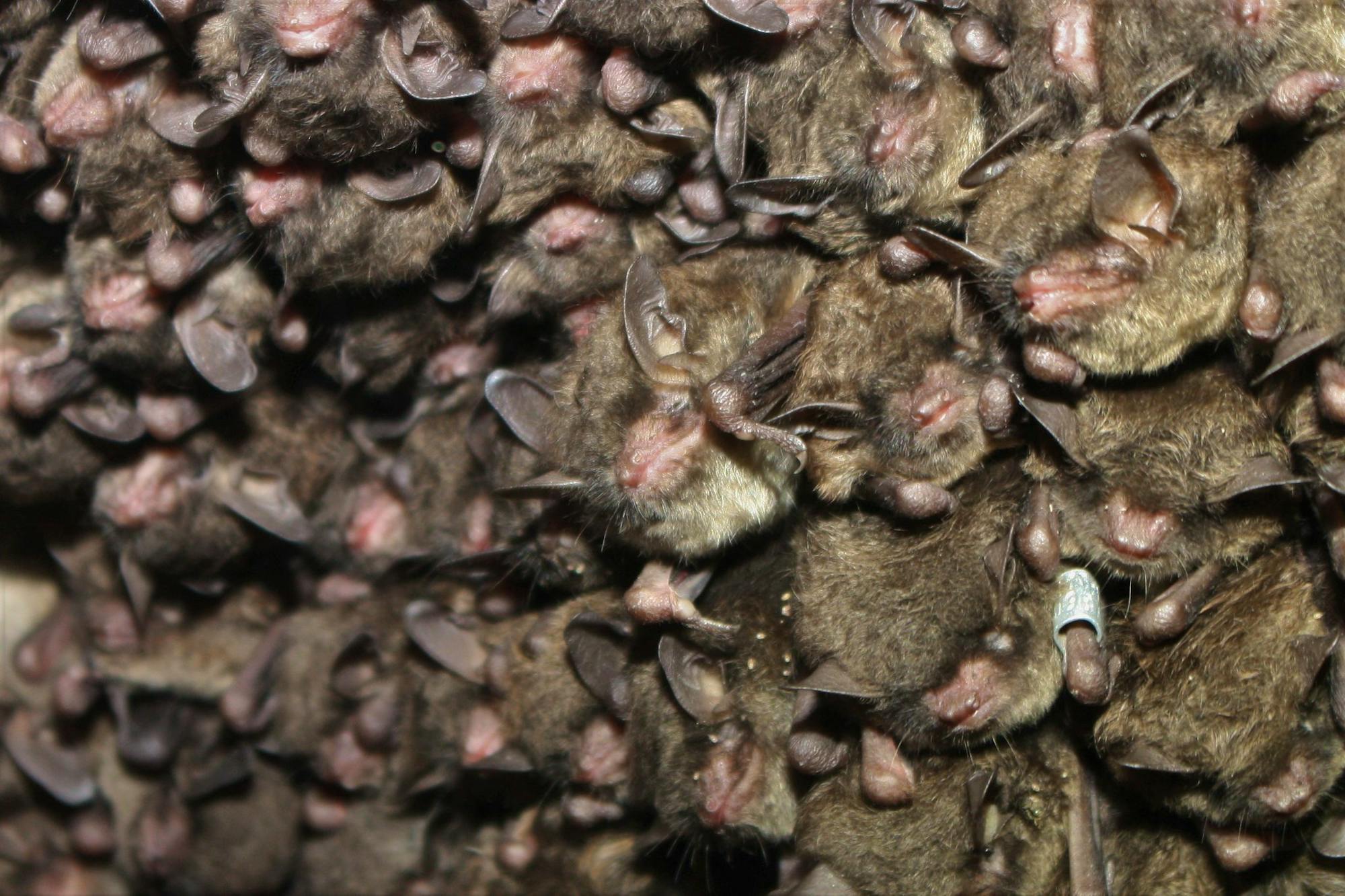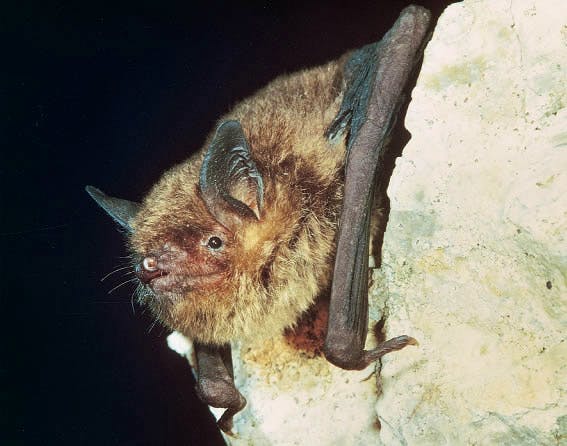If there was a special day for bats, you would probably think that it’s Halloween when bat decorations come out. But today is Bat Appreciation Day, and as keystone species there is a lot to appreciate about bats, as they’re important for the functioning of many ecosystems:
- They play an important role as pollinators. Many important crops and fruits depend on bats to spread pollen.
- Bats help control insect populations. They can consume up to their body weight in insects each night, including mosquitoes and other disease-carrying insects.
- Many bats are important seed dispersers. Seeds attach to their furry bodies or are eaten and dispersed in their droppings, called guano.
- Bats are good indicators of ecosystem health. Their high metabolic rates means they’re rapidly affected by changes in ecosystems. Healthy bat populations indicate a healthy ecosystem and vice versa.
- Bats have also been a source of medical discoveries, including the development of drugs to treat heart disease, stroke and high blood pressure.
Bats contribute at least $3 billion annually to the U.S. agriculture economy because of their role in controlling pests and pollinating crops. Unfortunately, many U.S. bat species are facing significant threats, including loss of habitat and disturbance by humans. Disease, especially a fungal disease called white-nose syndrome, is also decimating many bat populations.
Fourteen bat species (or subspecies) are currently either listed as federally endangered or threatened, or are under review, or are candidate species, for Endangered Species Act listing. Some of the most imperiled bats in the U.S. include:
Indiana Bat
This small, brown bat was listed as endangered almost 40 years before the discovery of white-nose syndrome, but outbreaks of the disease have further depleted populations. In the summer the bats roost in mature trees, but a loss of woodland habitat has been a major problem for the bats. In the winter they roost in caves and disturbance by humans often wakes hibernating bats and causes them to use up their energy reserves, making it less likely they survive the winter.
Gray Bat
Found in the southeastern U.S., approximately 95% the entire gray bat population hibernates in only nine caves each winter, with nearly half in a single cave: the Alabama's Fern Cave National Wildlife Refuge. Disturbance caused by humans entering their roosting caves is a major problem, as are outbreaks of white-nose syndrome.
Virginia Big-Eared Bat
The endangered Virginia big-eared bat is found in the Appalachian Mountains and surrounding areas, where they live exclusively in limestone caves year-round. In addition to disease, the bats are very vulnerable to disturbance. Vandalization of caves has been the main contributor to this bat’s decline.
Northern Long-Eared Bat
The northern long-eared bat is found in 37 states in the eastern and north-central U.S. as well as Washington D.C. They spend their winters hibernating in caves and abandoned mines. In the summer, they roost alone or in small colonies in trees. These bats have white-nose syndrome in 80% of their range. Affected colonies have lost 97% to 100% of their population. The species was recently added to the list of endangered species, thanks to court cases brought by Defenders and our allies, who argued that the bats needed the highest level of protection because of the disease outbreak and the cumulative impacts of human- caused threats.
Florida Bonneted Bat
Although it was once common, this is now one of the rarest bats in the U.S. It often lived in hollow trees and in the tile roofs of Coral Gables and Miami. Unfortunately, loss of habitat, disturbance, pesticides and competition with invasive species has brought this bat to the brink of extinction.
What can you do to help bats?
• Tell your friends and family that bats are important, not scary.
• Promote bat habitat around your home by leaving dead and dying trees that bats can use as roosting sites.
• Minimize the use of pesticides in your yard.
• Provide shelter by installing a bat box.
• Avoid disturbing bats by staying out of caves where bats might be hibernating.
• Remove unwanted bats humanely. If a bat accidentally flies into your home, try to remove it without harming the bat or call humane removal experts to release the bat without injuring or killing it.
You can help protect keystone species like bats by becoming a member of Defenders of Wildlife.










